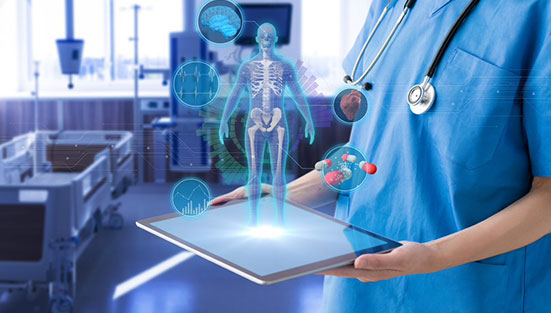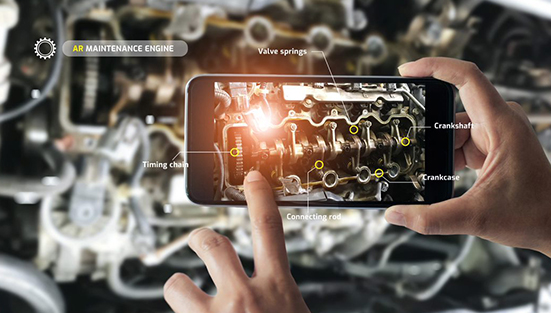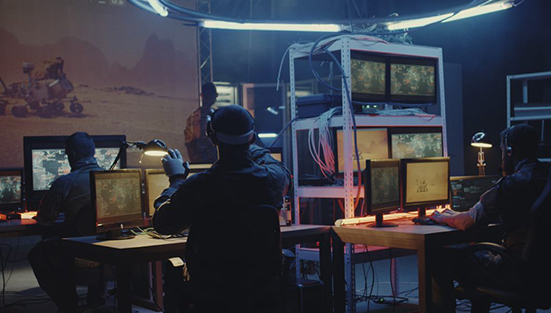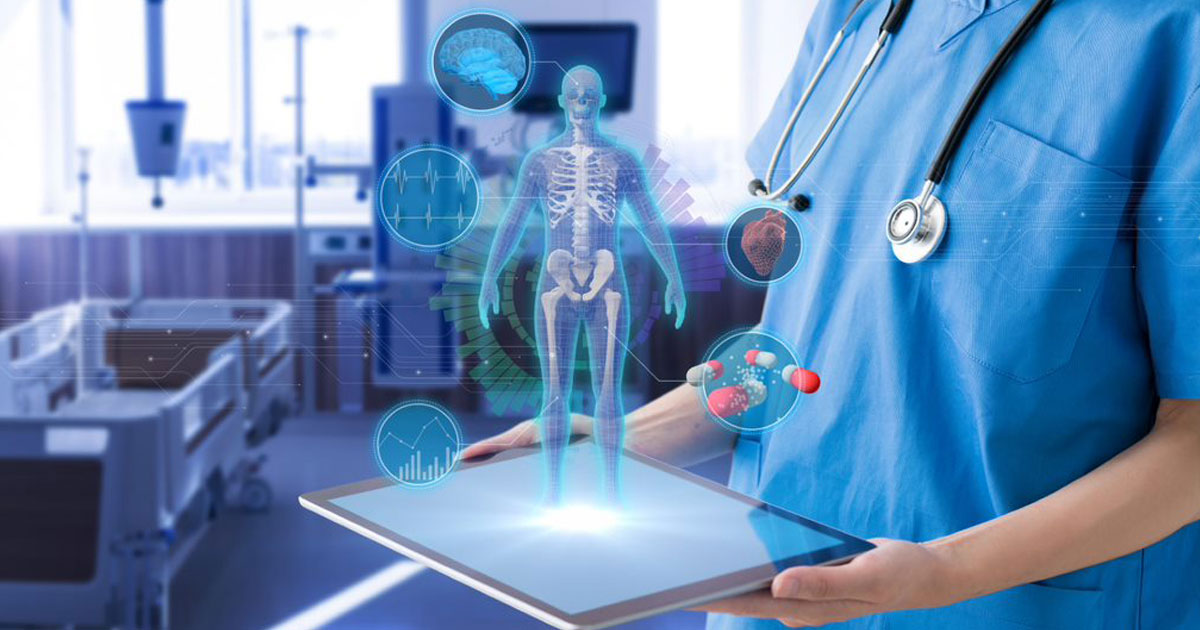How AR and VR are transforming our everyday lives
- Virtual Reality
Augmented reality is one of the most promising digital technologies. It has the potential to change healthcare and everyday medicine completely for physicians and patients alike, who can reap several benefits from augmented reality in healthcare and medicine.
Alongside that, there are also several uses of augmented reality in military, medicine and healthcare. Multiple applications of AR-VR in automotive industry have also been well known.
Augmented Reality in healthcare and medicine

Doctors and experts have found many applications for Augmented reality in healthcare and the medical field. These include medical training, for both doctors in training and students, patient treatment, medical marketing, and educating people about a disease or medical condition or process.
AR integrates digital information with the user’s environment in real-time and is becoming more accessible and affordable for medical education and imaging, dentistry, and nurse training.
- Helping the visually impaired— VA-ST’s Smart Specs enhances the visual appearance of everyday objects and people using 3D recognition software. It helps legally blind people or those with serious visual impairments recognize familiar faces, find lost items, and easily navigate their environment.
- Remote surgical expertise— VIPAR (Virtual Interactive Presence in Augmented Reality) is a video support solution that surpasses telemedicine. A surgeon remotely guides a peer during a procedure by projecting his hands into an AR display.
- Medical imaging— AR enhances visualization of CT or MRI data by superimposing stereoscopic projections during a surgical procedure. This information is vital in surgeries requiring precise navigation to a particular organ. For example, Another use for augmented reality in healthcare can be found in pre-operative planning to enhance accurate localization of tumours and surrounding structures for performing procedures such as minimally invasive partial nephrectomy or radical prostatectomy where the challenging anatomy of the vascular or nervous system could complicate the tumour removal.
Treatment Of Patients
Virtual reality in medical field is also used in planning complex operations beforehand, such as neurosurgical procedures, as it helps the surgical team walk through the whole surgery and rehearse their planned intervention.
Mental health patients with phobias, for instance, also find VR very helpful, as do their therapists. For instance, to treat clients with agoraphobia, or acrophobia, a corresponding situation may be recreated in the therapist’s centre, to help the client face it little by little.
Pain Management
Another use of Virtual Reality in healthcare can be found in relieving pain and rehabilitation of patients with severe pain, such as those who are recovering after having received a skin graft, during the daily cleaning of burns wounds, or to make daily injections more bearable for children.
Immersive Virtual Reality in medical field has been found to effectively distract and thus relieve the pain of such patients, especially when the use of anaesthesia or sedation is contraindicated.
Physical Therapy & Rehabilitation
During physical therapy, virtual reality allows shortening of recovery times by making it easier for patients to do their exercises. This is because the VR turns the patient’s attention away from the pain, providing an absorbing alternative reality that simultaneously entrances, motivates and encourages them to complete the activity.
Thus, patients who are recovering from a stroke may be able to practice specific movements without the risk of further injuring themselves by a fall. This will boost their confidence when it comes to moving around in their real-life setting.
“It is estimated that the global market for VR could be more than ~4 billion dollars by 2020.”
Health Care-Focused AR Apps
- Eye Decide — Uses a smartphone camera to simulate the impact of various disorders on a person’s vision to educate patients with cataracts and age-related macular degeneration.
- Doctor Mole — Helps doctors analyse suspicious moles on the body and give instant feedback. Is also useful in detecting malignant lesions.
- Healthcare App by pixel bug — Helps physicians easily understand the functioning of a new medical device or its mechanism of action.
Augmented Reality in the Automotive industry
One of the markets booming right now is the automotive augmented reality market. With the help of augmented reality, automobile companies can optimise the process of manufacturing, leading to a great impact in prototyping and assembling cars.
The Internet of Things, virtual reality, machine learning, artificial intelligence, and machine vision are joined by augmented reality as high-technology solutions to specific issues in manufacturing.
Augmented reality (AR) is often associated with virtual reality. Where each differs is in the arena of operation.
Virtual reality creates an artificial world, blocking out reality, while augmented reality “augments” actual real-world experience with enhancements like graphics or data, presented on top of views of the actual environment.

“No industry has embraced augmented reality like automobile manufacturing. The number of automotive CEOs who expected to invest heavily in AR was around 18% in 2017. By 2020, that number is expected to hit around 30%”
Augmented Reality in Military

Military training is traditionally a time-consuming and costly affair. Also, on-ground military training is incomparable to real combat where gunfire is all around and soldiers need to operate in a high-pressure environment, have high situational awareness and quick response to the enemy moves.
Imagine a world where we can use AR in military training. The soldiers would be able to use the latest applications based on augmented reality in military training at any time and train with virtual enemies that mimic the exact battlefield environment
A Synthetic Training Environment (STE) created using augmented reality also helps in military training by creating a fully immersive experience, where they can experience near-real physically and mentally stressful operational environments.
Using Augmented Reality in military training, boot camp experience can be enhanced to include caves, motion trackers, vests, and weapons to provide better training to the soldiers.
“AR/VR industry is expected to generate US $1.4 billion in revenues exclusively from the military, by the year 2025.”
Tech Leaders on the potential of AR & VR
“There is a lot of theoretical value of AR & VR but we need clinical studies that can demonstrate both the clinical & economic value to health care providers to create mass adoption”
JOSH SACKMAN
President & Co-founder of Applied VR
“I do think that a significant portion of the population of developed countries, and eventually all countries, will have AR experiences every day, almost like eating three meals a day. It will become that much a part of you.”
Tim Cook
CEO of Apple Inc.
Contributed by CDAC Resource Centre


